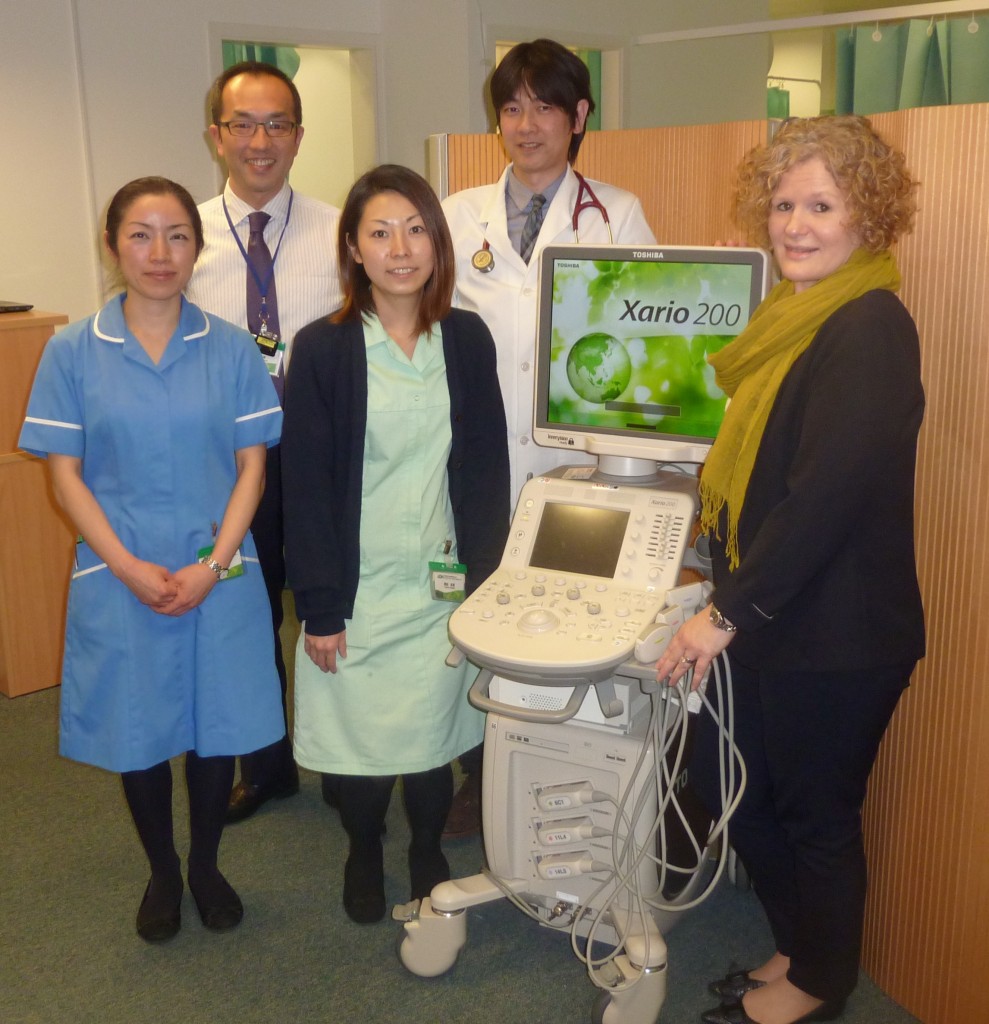
Canon Medical Systems recently held a study day on the company’s CT scanners from a physicist’s perspective, at three separate venues in the UK: Slough, Manchester and Glasgow.
Building on the success of its low dose road shows, which are run by Canon’s CT applications team and aimed predominantly at clinical radiographers, the recent study days were tailored for physicists working with Canon CT scanners. Delegates were given an overview of Canon’s equipment and introduced in more detail to how the technologies function, including a practical demonstration of the software in action. The emphasis was on how the technologies influence image quality and dose, providing delegates with the information to help optimisation in the clinical environment.
The programme opened with a CT review, covering Canon’s detector technology, scanner aperture, detector technology and dose efficiency including a comparison between helical and volume scanning.
Noise reduction and reconstruction methods and how they work, including AIDR and the latest model-based iterative reconstruction FIRST, were explained, as well as Canon’s metal artefact reduction software, SEMAR. Wedge filter design, fields-of-view and resolution including what it is and what it affects were also discussed.
Automatic exposure control was explained, including how Canon’s SUREExposure works, how it adapts to individual patient size and what exposure parameters affect each other when using SUREExposure and how they affect patient dose.
All these topics were presented by Dr. Roy Irwan, Science and Product Manager CT at Canon Medical Systems Europe and Deputy Chair HERCA-COCIR TF*. Dr. Irwan concluded with a presentation looking at the IEC regulations covering how dose must be displayed and the changes over time. The presentation also introduced delegates to HERCA (Heads of the European Radiological Protection Competent Authorities, and the commitments from COCIR regarding standardised benchmarking of CT systems, implementation of dose reduction methods in CT, dose management and reporting, and provision of specific training curricula.
Mr. David Platten, Medical Physicist at Northampton General Hospital gave a presentation on the 16th COMARE** report, (IR(ME)R,*** which covered the seven recommendations from COMARE and how they help address IR(ME)R and optimisation in dose, including personal experience in his own clinical environment and the importance of medical physicists, radiographers, radiologists and manufacturers working together to obtain the best clinical use of CT scanners.
Mark Condron, Senior CT Applications Specialist and Heather Dring, CT Applications Specialist at Canon Medical Systems ran a session on application of technology in clinical practice. This comprised an introduction to the user interface, plus a short demonstration to illustrate the differences between software versions, and slides on dose notification, dose alert and dose reports. It also included a practical session, using a demonstration system to show, amongst other topics, how the interface works, the effect of different parameters on dose, different scan modes and the anatomy of a protocol.
Over 75 delegates attended over the three days, mainly medical physicists. The event was free for Canon customers and those physicists responsible for Canon CT systems. The feedback was excellent, with comments ranging from “extremely good coverage of physics on application of image quality and reconstructive software”; “very well targeted to the audience”, to “very helpful Canon representatives and handy networking opportunities.” Another delegate stated “it was a very good idea to run this course. Well presented and informative day, I would be very happy to attend a similar event, if you run one again.” “It was a useful study day; plenty of information, which will aid our upcoming testing on the new scanners. Thank you for inviting us.”
Photo: Group Photo: Delegates at the Glasgow venue
*HERCA-COCIR TF
Heads of the European Radiological Protection Competent Authorities
European Coordination Committee of the Radiological Electromedical Healthcare IT Industry
TF – Task Force
**COMARE – Committee on Medial Aspects of Radiation in the Environment
***IR(ME)R – Ionising Radiation (Medical Exposure) Regulations
Canon Medical Systems has a carbon-zero project in place. We have calculated the carbon footprint for each of our products to include manufacturing, shipping, delivery and average hospital energy used for the standard lifetime of the equipment as follows:
CT equates to 12 stoves and 48,365 litres of water
